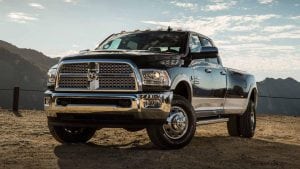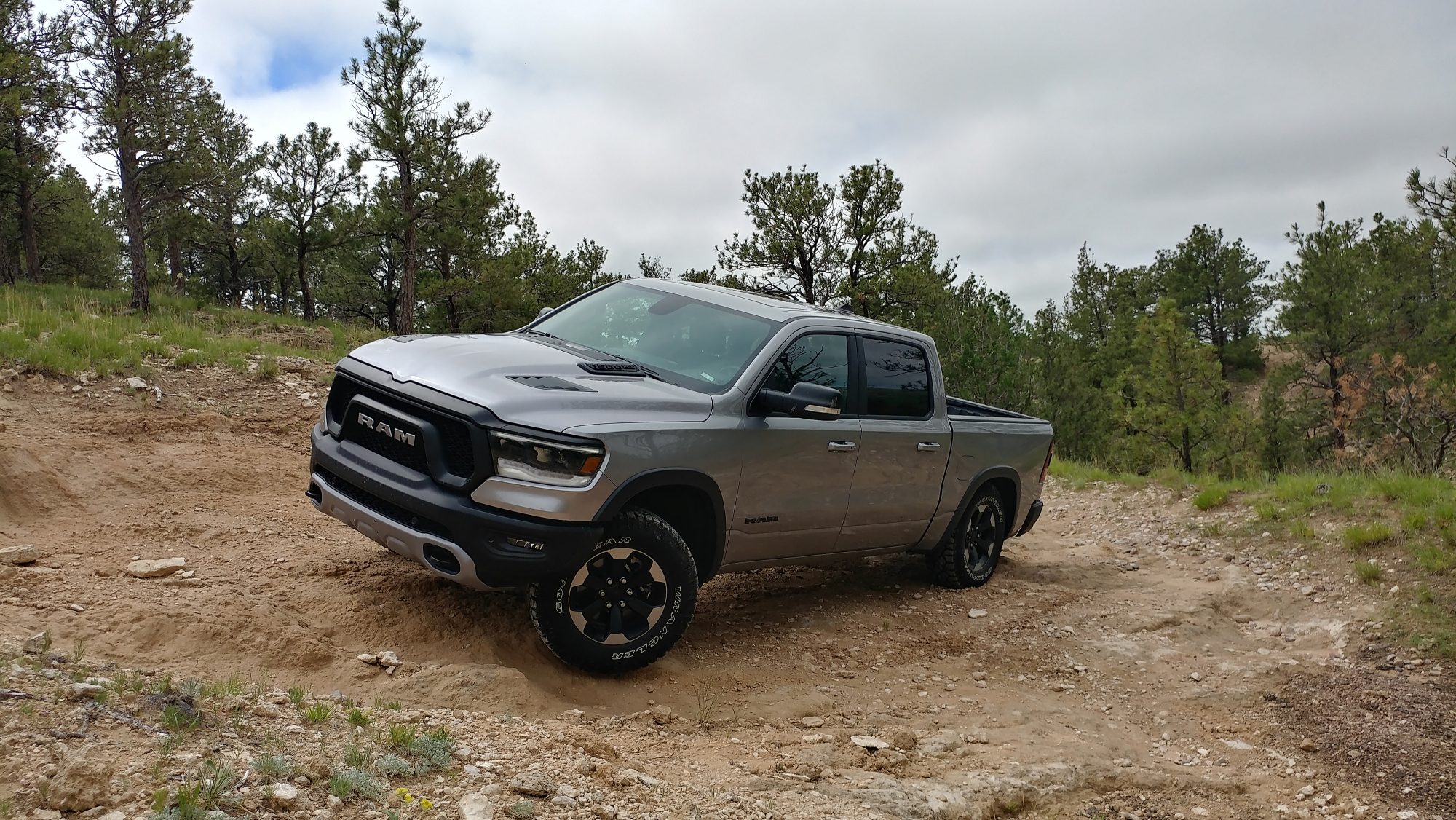For everyone who has ever considered opening up their wallet and getting a large, solid vehicle, a good old RAM pickup truck must have made it into the top five results of their initial brainstorming session. Small wonder, too, since they are versatile and reliable, in addition to looking awesome. If you would like to get some background knowledge on RAM trucks, what they are, and how they became so popular, you can get started at this link. However, regardless of how much you knew beforehand about these big boys, there are a few crucial things to consider before you actually visit a dealer and decide to go through with your purchase.
Exactly how much weight do you intend to pick up?
For a first-time buyer, terms like “light duty truck” and “heavy duty truck” might ring some vague bells in the back of the head, but it is important to understand them properly. Whether you will need one or the other type of vehicle largely depends on what you primarily intend to use it for, that is, how heavy a cargo will you typically be loading into it.
An easy way to wrap your head around this question is to imagine and compare: think of a pickup that you would need for, say, monthly road trips with your local fishing and camping club, and then compare that to a truck that would need to carry construction site equipment or piles upon piles of timber every day. These kinds of requirements set the frame for deciding how large of a towing capacity (also known as capability) you need in your truck.
Vehicles that are commonly classified as “light duty” tend to boast a nice balance of towing or hauling power and good fuel efficiency. These are typically used to transport things like your own boat, or to tow a trailer along. On the other hand, we have the “heavy duty” trucks that are predominantly, to use gamer vocabulary, strength and endurance stat-oriented. These beasts are ideally suited to going Hulk on bulky, heavy cargo, such as the aforementioned construction site equipment and anything else along those lines.
Both types are excellently suited to their given category of work, so all you have to do is sit down and draw up a comprehensive list of your needs – and their potential variations, just in case.
Consider the combined total weight of components.
 One essential factor in determining how strong of a truck you will need is the GCWR, which stands for Gross Combined Weight Rating (also known as the Gross Combined Vehicle Weight). To break this down into simple everyday English, it is the total combined weight of every element of your new truck – the hardware, the passengers, the cargo, everything added up.
One essential factor in determining how strong of a truck you will need is the GCWR, which stands for Gross Combined Weight Rating (also known as the Gross Combined Vehicle Weight). To break this down into simple everyday English, it is the total combined weight of every element of your new truck – the hardware, the passengers, the cargo, everything added up.
This is in fact what lets you know whether your earlier considerations of light duty versus heavy duty were sufficiently accurate. Now, if you need a calculator at this point, whip it right out. You do not want to get this one wrong, for a very simple reason. If you have a more precise total weight in mind, you can make a more precise estimate of how powerful your pickup has to be in order to be able to pull all that weight and not abruptly die on you in the middle of nowhere because it got overexerted.
This is how it works: add together the weight of the vehicle curb, optional equipment if any, passengers, and all cargo (Gross Vehicle Weight Rating). Then combine that with the Gross Trailer Weight Rating (base trailer weight plus any cargo in there). Add another 150 pounds (around 68 kilos) for the hypothetical driver. This is the weight that your vehicle has to be able to carry without a hitch. Ask experienced dealers, like this Ram Dealership in Seattle for example, to help you work it out.
What is the axle ratio and why should you care?
This is the ratio of rotation between the two axles: the transmission shaft which is by the engine and the drive axle (the one that rotates the wheels). It is typically expressed as a whole number with a decimal, e.g. a 3.73 ratio. It can also be understood as the comparison of the number of teeth on the ring gear of each axle (typically expressed as [number /point/ decimal to one], e.g. a 4.44:1 ratio).
You can get more comprehensive information here: https://auto.howstuffworks.com/auto-parts/towing/towing-capacity/vehicle%20/gawr.htm
In terms of practical decisions, the axle ratio is a hint towards towing power versus fuel efficiency. Think transporting big cargo in a hurry versus spending weeks on the highway. Ideally, your chosen axle ratio will be a compromise between these two points.
The higher this number, the more towing power your truck will have, and it will also achieve its acceleration that much quicker. Conversely, a lower axle ratio means wasting less fuel and getting much less noise in your cabin while driving. Check out this page to learn about engine performance.
Since there are many choices available, take your time to juggle through several options and find the balance that will best suit your particular needs in the long run.
The total price is usually different than what you expect.
You have likely already come up with a budget for your truck, but stop and give it a second thought.
On top of insurance and your monthly payment, you will also likely want some optional equipment added, meaning a higher actual vehicle price.
You must also consider things like state vehicle registration fees, fuel cost, and various maintenance expenses that are bound to come up. Insurance premiums are likely to differ with each model as well, so make sure you check the quotes with your insurance provider.
Lastly, before visiting a dealership, check your credit history, to make sure all your information is correct.
To find your perfect truck, keep these factors in mind and always remember to take your time. Happy driving!







